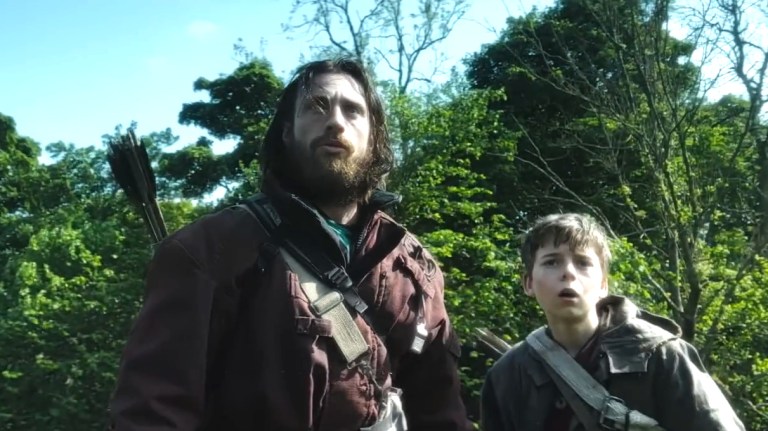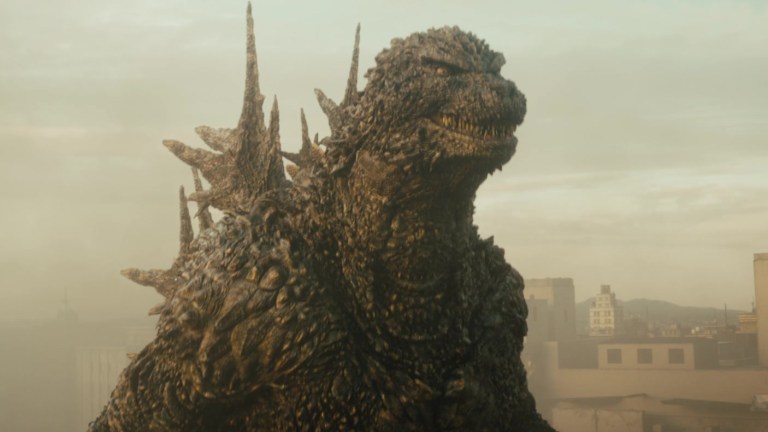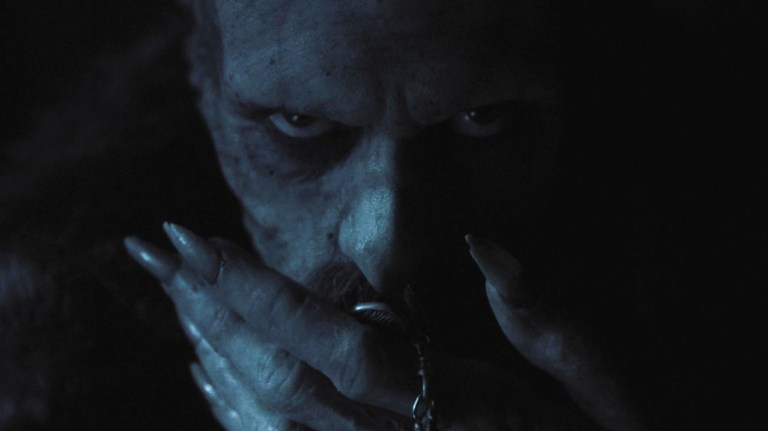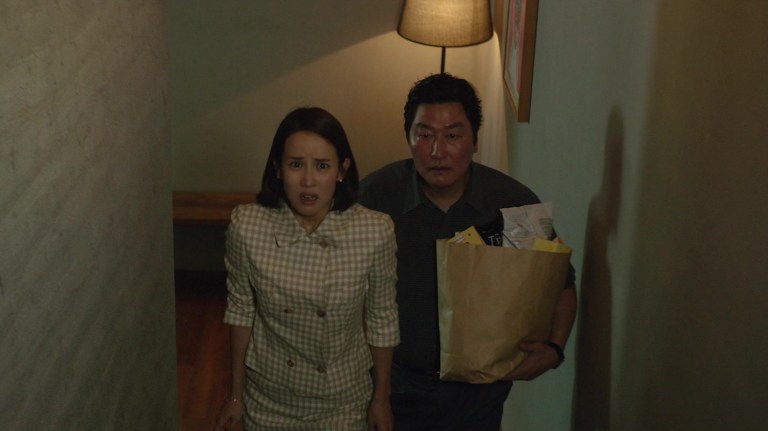President Trump’s Proposed Movie Tariff Would Likely Affect More Than Half of the Top Horror Movies In the USA in 2025
What films could be hardest hit?

In an effort to apparently make movies American again, President Trump declared on Sunday, May 4th that he will impose a “100% Tariff on any and all Movies coming into our Country that are produced in Foreign Lands.”
Table of Contents
What Does It Mean?
What exactly does this mean? How will it be implemented? Is this focused mostly on US studios producing films in whole or in part outside of the United States, or is it more about completely foreign-produced films being imported? Good questions, with no answers yet as of this writing. It’s a context-free declaration at this point, but we’ll surely learn more in the coming days and weeks.
Nobody knows yet how this will play out, but one thing is certain; Any extra burden put on the art of filmmaking is cause for concern. As a horror fan (and since this is a horror site), I can’t help but wonder what this could mean for my favorite genre.
Movies Are Expensive, But Horror Survives at Lower Budgets

It’s no secret that movies are expensive to produce. One might even argue that they’re too expensive in many cases. The production costs of bigger films from major US studios regularly bulge to hundreds of millions of dollars, making the risk of failure equally gigantic.
Now look, I don’t claim to be an expert on the ins and out of the accounting side of the movie industry, but a reported $320 million budget for a movie like Netflix’s The Electric State (2025) is ludicrous.
Though that particular example might be an exception, I still shake my head at the costs of many movies hitting theaters. Like, as much as I love the Marvel Cinematic Universe, an average budget of around $200 million is too much. Especially when faced with the reality of the internet’s favorite refrain when talking about movie budgets, that the Japan-produced Godzilla Minus One only cost about $15 million to make.
Of course you can’t compare a Japanese production to a United States production one to one, but that highlights an apparent issue. Due to many factors, it appears to be disproportionately expensive to make a movie in the United States.
The great thing about horror is that it historically survives, even thrives, at much lower budgets on average. Take for instance, Blumhouse. Blumhouse became one of the most successful modern independent studios because they produce movies, primarily horror films, at lower budgets thanks to profit sharing on the back-end based on performance. Lower risk, higher reward. We can debate the quality of individual Blumhouse movies, but the fact is that Blumhouse has a solid production model.
But rather than try to implement similar incentives and performance-based profits across the American film industry, the proposed tariffs would instead punish producers (and possibly distributors, but again, the mechanics of it aren’t clear) for trying to keep costs down by filming/producing parts of their film in other countries. It seems like a “damned if you do, damned if you don’t situation.” Produce in the USA and pay more, or produce outside the USA and pay more. But again, I’m no expert. What I do know is that the majority of the top 2025 horror films so far at the USA box office would likely have been subjected to a 100% tariff if, hypothetically, a tariff like this had been in place since January.
64% of the Top Horror Movies in 2025 Were Produced Outside the USA

Looking at the list of domestic box office totals for the United States as listed on Box Office Mojo, to date (this was written on May 5, 2025) eleven horror movies are in the top 50. Of these eleven, seven were produced at least partially outside of the USA. Here’s a quick breakdown, focusing on where the movies were filmed.
Filming Locations in the USA
- Sinners – Louisiana
- The Woman in the Yard – Georgia
- Companion – New York
- Presence – New Jersey
Filming Locations Outside the USA
- Nosferatu – Filmed primarily in Czech Republic
- The Monkey – Canada
- Heart Eyes – New Zealand
- Death of a Unicorn – Filmed primarily in Hungary
- Wolf Man – New Zealand
- Drop – Ireland
- Until Dawn – Hungary
The trend will continue, with many highly-anticipated 2025 horror movies already having been filmed outside the USA. Just a few of these include M3GAN 2.0 (New Zealand), 28 Years Later (England), The Conjuring: Last Rites (England), Saw XI (Canada), and Black Phone 2 (Canada).
If the tariff takes effect, will these upcoming movies be hit with 100% tariffs? And does that mean 100% of the money spent in non-US countries, or 100% of the total production budget? The margin of success is already slim for many films, and doubling a budget would kill off a ridiculous number of productions. And if the first few months of the year are any indication, more than half of the horror movies released in the United States in 2025 could be subjected to the tariff.
Film Isolationism Can’t be the Answer

The problem, as I see it, isn’t that “foreign lands” are stealing the US film industry’s money, it’s that the United States film industry is too expensive overall. Now, I’m really, really not trying to get into a debate about the validity of tariffs in general. And I’m not going to pick apart the wording of Trump’s claim of a “National Security threat” (and then softening to a claim of “sort of a threat to our country in a sense” when talking to C-SPAN).
It’s just, as a lover of films from all around the world for decades, I remember the times when trying to see certain foreign films was incredibly difficult. It’s less difficult today in the modern era of streaming and a more worldwide approach to film from many distributors, but it’s not always easy. Distribution deals for foreign movies can still be complicated, and they often take a long time. I know so far in this article I’ve been focusing on USA productions filmed in other countries, but if Trump’s tariff hits “any and all” movies “produced in Foreign Lands,” that likely means we’ll see fewer foreign films get distribution deals in the United States.
That’s surely going to hit the film industry hard. Look at Netflix. The streamer has a strong library of South Korean movies and shows, as well as many other productions from all around the world. Personally, I love that Netflix regularly releases Indonesian horror movies pretty much every month. A tariff on those movies could cause them to go away (or at least stop bringing more in).
And it’s not just about Netflix. They’re a big company and they’ll figure it out. The hardest hit are going to be the smaller foreign films from independent distributors. A distributor I’ve come to enjoy over the past few years is Well Go USA. They’ve distributed many foreign films in the United States. A few of my favorites over the past few years from their horror offerings are Exhuma (2024), Unwelcome (2023), and Project Wolf Hunting (2022). Will we see companies like Well Go USA shift away from movies like these?
There are plenty of other examples as well. I mean, imagine if a tariff like this were in place prior to the release of Godzilla Minus One. Would it have even been released in US theaters?
Film is an art form that can bring people from different cultures and countries together. Shared experiences crossing all boundaries make the world—not just a single country—a better place. Making it more difficult/expensive for people to experience media from different parts of the world inhibits worldwide dialogue and understanding. Declaring “any and all” foreign films as a problem for the United States is myopic at best, and culturally destructive at worst.
